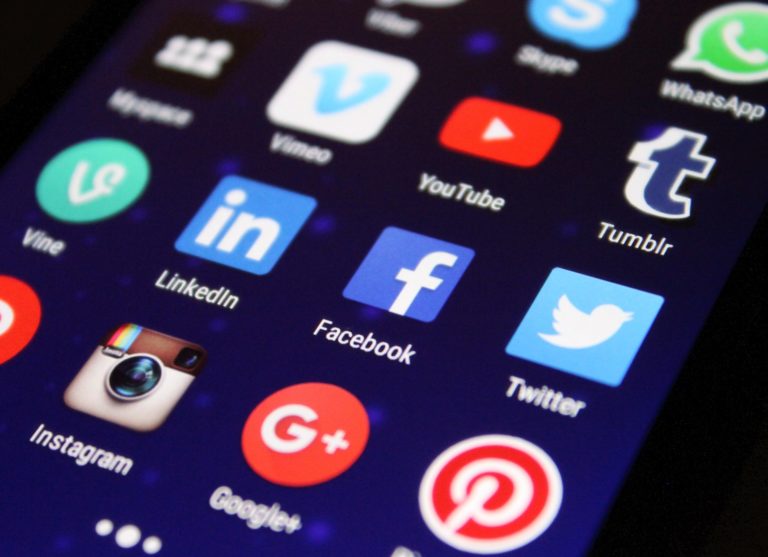Place your order now and let our writing assistant provide the best content. A good piece of engaging content is all you need to boost up your business sales and we are all about it.
Our Location
- Unit No.10-5A Galleria, Jalan Teknokrat 6, Cyber 5, 63000 Cyberjaya, Selangor. Malaysia
- info@kmwritingservices.com
- +60 383119394
- +60 19 2919412
KM Writing Services offered by KM Software Services

Table of Contents
ToggleSection 1:
We discuss the ADVERTISING STRATEGIES of SCAVENGER HUNT. We select Samsung for our advertising strategy.
Section 2:
The comprehensive plan of a business to promote brand recognition and increase sales is known as an advertising strategy. The objectives of such a strategy can range from launching new products and increasing sales, to gaining social media followers, reaching out to a specific audience, and retaining existing customers.
Section 3:
Product Comparison
This sort of marketing changes people’s buying patterns. Customers who compare your products to a major competition are more inclined to buy them. Comparative advertising benefits all marketing.
Celebrity Endorsement
Due to their idolization, people typically buy what these famous celebrities recommend. Advertisers use this strategy to make their ads more visually appealing. They boost the brand’s image and attractiveness, which may affect consumer purchasing.
Humor
Using comedy in advertising is a proven way to engage customers. Using comedy in marketing strengthens brand-customer relationships. If clients respond negatively to commercial humor, something may be missing.
Content Marketing
Offering valuable and entertaining content is a great approach to gently advertise your organization. This marketing method tries to improve a brand’s social media visibility. Your social media page, website, and other content can ascend to the top of search engine rankings using SEOs. This will build your company’s internet reputation and industry leadership.
Emotional Advertising
Advertising can affect consumer behavior for many reasons, including capturing their attention. Humans are emotionally motivated; hence emotions can drive action. Emotions influence buying decisions more than rational thought. Companies use this to promote their products.
Section 4:
The 5 P’s of marketing are:
- Product
- Price
- Place
- People
- Promotion
Section 5:
Samsung caters to a wide range of consumers with different products, from everyday devices to industrial equipment. The target age group for Samsung’s products usually spans from their 20s to 50s or even older, as long as the customer has the purchasing power and the need for the product.
Samsung primarily targets teenagers to early adults aged 14-25 with their smartphones, as they are more tech-savvy and have higher spending power than before. The largest portion of Samsung’s target market are adults aged 26-50, who have the most purchasing power and can buy a wide range of products like smartphones, smart TVs, cameras, and household appliances.
Samsung targets multiple segments at once by offering various product and service packages. They offer different variations of professional displays with varying sizes, resolutions, functionalities, and prices to cater to the varying financial capabilities and needs of their customers.
Section 6:
Once you know whom you’re selling to, you may send them relevant ads. A number of factors, including what and how your ads say things, contribute to their performance. However, as the old adage goes, “the proof is in the pudding,” and the best indicator of advertising’s success is the impact it has on sales and awareness of your company.
Identifying Your Target
It’s true that there is a specific demographic for which every product is designed, yet some products can appeal to a wider audience. Compared to, say, the sale of power equipment, more people buy toilet paper. People who will be interested in what you’re selling could be the end users or the people that make purchasing decisions in that sector.
Messaging Through Appropriate Media
Wherever your intended audience congregates, that’s where you should be if you want to get your message across. Knowing whom you’re trying to reach will help you select media and tactics that are more likely to be successful.
Measuring Results
Ad tracking methods allow for the measurement of an advertising campaign’s efficacy. Phone calls to direct-response TV ads can be traced back to the specific TV station or channel that aired the ad.
Other Considerations
There are advantages and disadvantages to using various forms of advertising, both in terms of the media itself and your strategy for reaching your target audience.
Section 7:
As an alternative to this method of promotion, businesses often resort to using ads on social media platforms.
In the realm of media strategy, social media is one of the newest tools at the planner’s disposal. After the success of digital banner ads, social media commercials were born, with the first social media ad ever placed on Facebook in 2006. Advertisements on social media sites become commonplace in less a decade. The primary source of revenue for social media sites nowadays is user acquisition and subsequent data-driven targeting.
Section 8:
Targeted social media advertising is an effective method for gaining new fans and keeping existing ones interested in your brand. Media buyers can now target consumers based on demographic information such as their occupation, hobbies, marital status, and travel history. In addition to being very efficient, social media marketing also has a low-price tag. One Facebook impression typically costs less than a cent, whereas a click typically costs around $.28.
While social media initiatives are live, it is simple to monitor their performance and tweak them for maximum effect. Media buyers might stop airing ads or reallocate expenditures on the fly if they don’t see any results. Testing the efficacy of different advertising messages throughout a campaign is straightforward with tools like A/B testing
Section 9:
The seven best social media marketing platforms and how to use them and their target audience.


